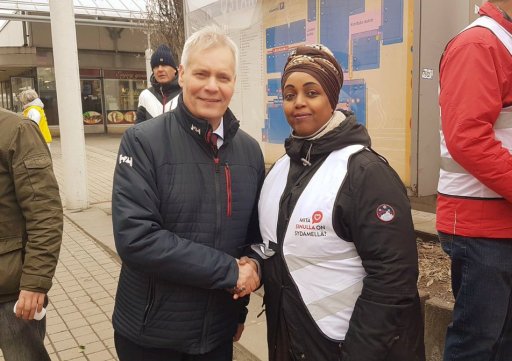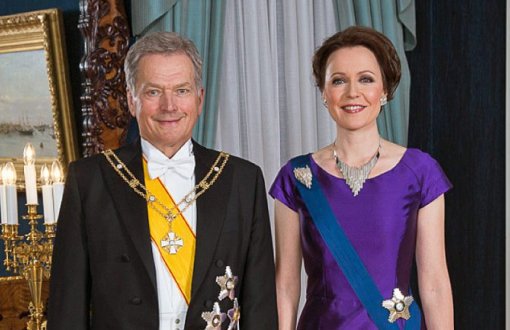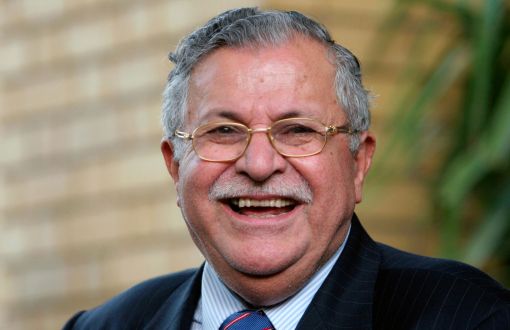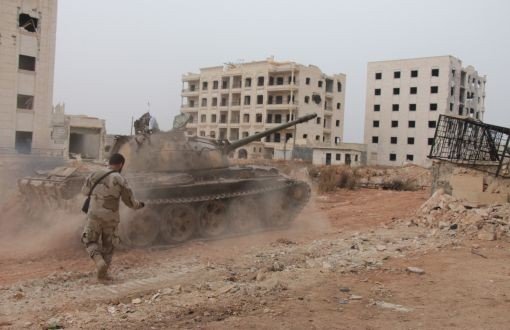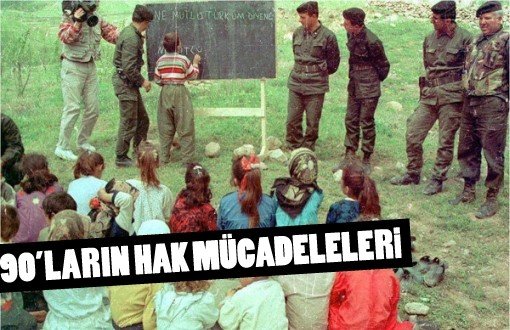* Photo: https://valtioneuvosto.fi/en/frontpage
Click to read the article in Turkish
Finnish government has 19 ministers. 12 of them are women. Especially five of them, namely Prime Minister Sanna Marin, Minister of Interior Maria Ohisalo, Minister of Education Li Andersson, Minister of Finance Katri Kulmuni and Minister of Justice Anna-Maja Henriksson, have been in the limelight in the fight against the novel coronavirus (Covid-19).
In the press and social media, they are sometimes called “The quintet”.
Sanna Marin, 34
Prime Minister, Social Democrat Party
A woman that always appears calm and smiling in front of the cameras, even after working almost around the clock leading the team against the coronavirus. It seems that she is never losing her nerves and is ready to answer same questions over and over again.
She has also arranged a special live press conference for children, who could ask several ministers questions via video links. There they stood as if they were facing the main media in Finland − and nobody was laughing, not even the opposition. She has won the trust of the public and very few are mistrusting her actions.
Marin is married and has a 2-year-old daughter. She was herself brought up by two mothers in a rainbow-family of two women. Her father was suffering from alcoholism and was never present in her life. She has said that living in a different kind of a family brought her to understand the importance of equality and equal possibilities for everybody.
Maria Ohisalo, 35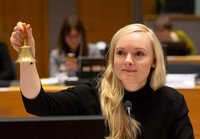
Minister of Interior, Green Party
Maria Ohisalo is coming from the academic world and is a doctor of Political Science and poverty researcher. She knows her subject well since her childhood home was quite poor and violent. She spent her first birthday with her mother in women’s shelter. Later on, she escaped the harsh realities into the Nintendo and other computer games and is said to be still very good at it.
Ohisalo got married few months ago. She is very Finnish by her looks with blond, long hair and blue eyes. As a fresh minister, she was dubbed as the “Ice princess” by male journalists, but this nickname disappeared quickly as she showed her professionalism as a serious politician and nobody to play around with.
Li Andersson, 33
Minister of Education, Leftist Party
Li Andersson has described herself as a feminist and anti-capitalist. She has also taken a strong stance on working life and presented an experiment with short working days or weeks.
As a politician, she is much more popular than her party and is a talented speaker. She does not use the political jargon, but talks like ordinary people. She also dresses like her own peers and can look like somebody going to a bar for a beer rather than being a minister.
Andersson holds a Bachelor’s degree in Political Science and has studied international law as well. She comes from the Swedish-speaking minority in Finland.
Katri Kulmuni, 32
Minister of Finance, Centre Party
Kulmuni is described both as a girl from the countryside and a cosmopolitan. She has been in the politics almost all her life, climbing steps higher and higher since early years. Grown up on the countryside, the Centre Party was a natural choice for her. She has studied international politics both in Finland and in Russia, but economics and state finances are a new area for her.
From the most visible female ministers, she is the most insecure and silent one, but also the youngest. Bad tongues are gossiping that she is not really independent, but controlled by the old guard of this traditionally male farmers’ party.
Anna-Maja Henriksson, 56
Minister of Justice, Swedish Party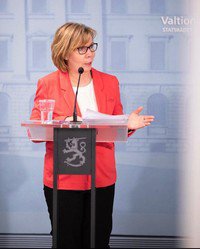
Anna-Maja Henriksson is said to be ”the aunt” for the younger ladies in the female-dominated government. She is a lawyer by profession and has been serving in the government also before.
She is seen as a very serious politician, who has been working most of her life in the politics. She has never been involved in scandals or gossips and is known as a hard working professional.
The government was quite new when the corona crisis broke out.
“We can be quite proud of them” seems to be the common opinion about the government now and especially about “the Quintet”.
* * *
Finland has so far survived the first wave of the novel coronavirus (Covid-19) quite well when compared internationally. In the beginning of May, there were 5,327 confirmed cases of corona and the virus had caused the death of 240 people in Finland. In neighbouring Sweden, for example, the figures were 22,721 cases and 2,769 deaths.
The emergency law was introduced in mid-March in Finland. Schools were closed, as many people as possible would work from home, restaurants were allowed to open only for take away-services and people aged over 70 should stay at home in order to protect themselves. But there has been no curfew and people have been allowed to be outside, but recommended to have at least a 2-meter distance to each other.
The strategy was to slow down the spreading of the virus. There was not enough capacity in the intensive care units around the country and not enough, for example, breathing machines.
Little by little the restrictions are going to be lifted now. The schools will open in mid-May and restaurants can open in the beginning of June. It is still the recommendation to work from home, if possible, and older people should still stay at home as much as possible. Now, it is forbidden for groups bigger than 10 people to gather, but in June already 50 people can come together.
“If there will be more coronavirus cases after lifting the restrictions, we can always go back and strengthen the restrictions again”, said Prime Minister Sanna Marin in the press conference.
Now, the strategy will be testing, tracking and isolating the source and taking care of the patient.
The exceptional restrictions have also caused a lot of problems. Thousands and thousands have lost their jobs either temporarily or permanently and especially small businesses have taken a huge blow.
Restrictions have shown the vulnerability of many Finnish families, where, for example, alcohol has taken bigger role than normally. Police is reporting increase in domestic violence and teachers are worried about children’s’ welfare, when the schools are closed. For example, all the children get a warm meal once a day at school and, now, some children might go hungry if parents are not able to take care of them. (LR/DB/SD)
* Photos in the article: Anadolu Agency (AA) and social media accounts






